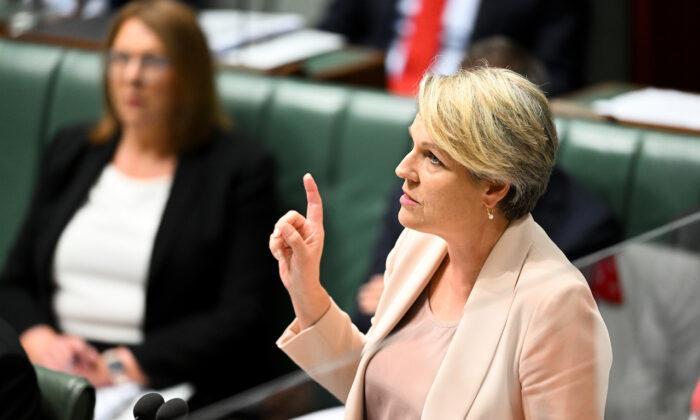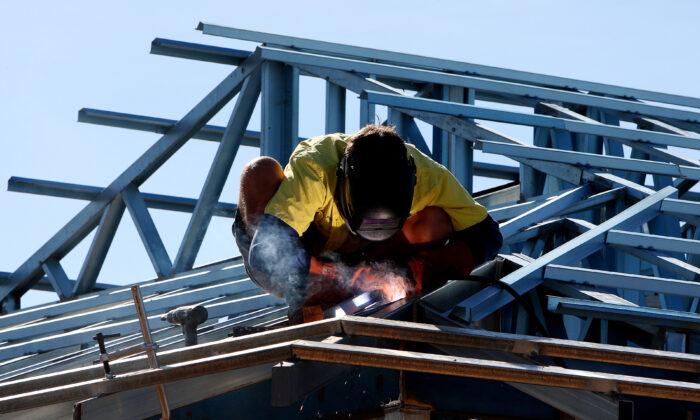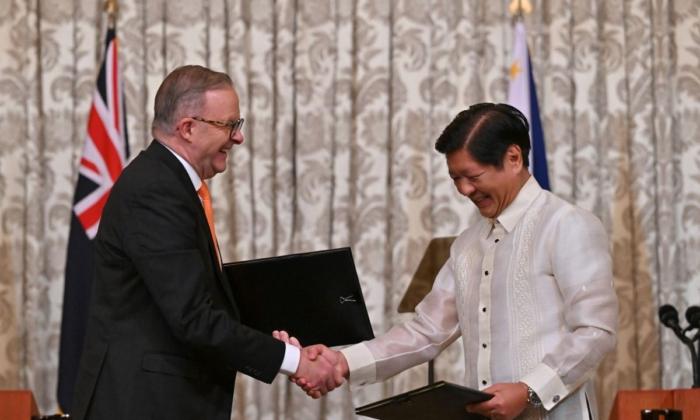Farmers and the tourism sector have teamed up to call on the Australian government to restart the Working Holiday Maker Program to alleviate the current workforce shortages in the agricultural sector.
The National Farmers Federation (NFF) and the Backpacker and Youth Tourism Advisory Panel (BYTAP) has called on the Morrison government to create a controlled and “COVID safe” plan to restart the working holiday program.
According to the farming and tourism bodies, backpackers can make up an estimated 80 percent of the agricultural sectors’ seasonal workforce. However, the current numbers of backpackers in Australia are less than half the usual amount, and the numbers are declining every day as backpackers return to their home countries.
Farmers are now extremely concerned that Australia’s peak fruit and vegetable seasons will be lost, causing the economy a $6.3 billion loss and could increase the price of summer produce by up to 60 percent if the drain is not plugged.
NFF CEO Tony Mahar said that “while employing Australians will always take precedence, a safe restart of the WHM program would assist to address agriculture labour shortages.”
Mahar also explained that even with the measures announced by the government to encourage Australians to take a seasonal working job there will still be a predicted shortage of up to 26,000 labourers by March 2021.
Backpacker & Youth Tourism Advisory Panel representative Wendi Aylward said the NFF and BYTAP believe that a three-phased approach could safely resume the flow of Working Holiday Makers or backpackers into Australia.
They believe that a staggered approach with phased stages being trialled would allow for countries that have lower COVID-19 acquisition rates than Australia to address some of the worker shortages through a focus on agriculture and au-pair placements.
“Backpackers represent an important sector for Australia’s visitor economy worth $3.2 billion, delivering more than 200,000 young international travellers to Australia each year,” said Aylward.
“WHMs spend more, stay longer and disperse more widely throughout Australia than most other travellers. Each WHM brings $5,000 with them as a visa requirement, and spends $10,300 during their stay, compared to $687 per trip that Australians spend domestically and $474 spent by Australian youth domestically,” she said.
Central to the proposal is the requirement for participants to have COVID-19 tests before leaving their country and then to quarantine for the period recommended by the AHPPC once they have arrived in Australia.
Phase two would involve loosening the rigidity around phase one and extending the program into other states as interstate borders open. Phase 3 would feature COVIDsafety precautions, quarantine, but all participants could have fully independent travel with employment arranged on arrival.
Littleproud said the funding would provide financial support to job seekers who temporarily decided to relocate for agricultural work for the duration of at least six weeks.
“Our agriculture sector is facing unprecedented pressure on labour supply as a result of COVID-19,” Littleproud said.
“These changes will support critical food production in Australia so that farm produce does not go to waste and will help ensure the agricultural sector continues to play a key role in Australia’s economic recovery.”
From Nov. 1 the relocation assistance will be available to people who move to harvest and regional areas to take up farm work, including Australians who are not receiving income support and those with the right to work in Australia.
Those who relocate for seasonal agricultural work can receive up to $6,000 if they are an Australian citizen or $2,000 if they are a visa holder with general work rights, not restricted to an employer or a type of work in Australia.




